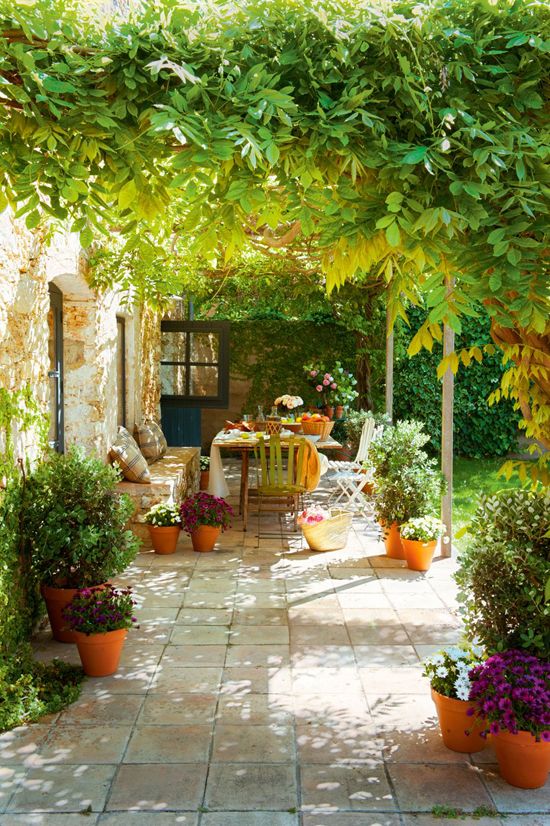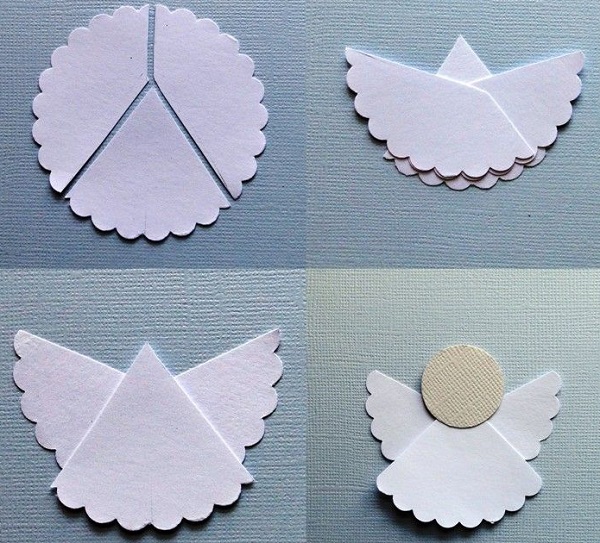There are more than 250 species of vines: elegant, decorative, easy to grow, and still spontaneous. It is an excellent plant for quarries and borders, they also grow in pots and when they are well cared for, they are very lush.

The creeper is a species of plant belonging to the Convolvulaceae family, which in nature is present in more than 250 different species. It is a very common plant in Asia, North Africa, and parts of Europe. Although we often see it as a climber, it is possible to find it in nature in the form of a compact bush.
The most widespread in Italy is the Convolves arvensis which is also known by the name of the vine. This plant can be grown in the garden in a location that provides optimal drainage. So, let’s learn how to grow a vine without damaging your garden.
Guidelines for growing vine.
When the plant is young, it is necessary that we water it with a certain frequency, while later, more sporadically. In fact, the vine does not have any complications during dry spells. But, at the same time, we are going to have to make sure that the soil is completely dry.
To avoid the formation of fungi and rot it is better to avoid watering if the soil is still wet. The creeper can adapt quite well to any type of soil, although it prefers alkaline soils.
Climate.
The vines find warm temperatures ideal, they do not like humidity and wind. The flowers usually appear in the spring and summer.
Exposition.
Vines can withstand the sun quite well. But they must be protected from strong winds, cold drafts, and weather.
land.
The various species of vine are adapted to different types of terrain. But a soil rich in nutrients and well-drained soil is ideal for the healthy growth of these plants.
Plantation.
It is possible to plant the vine for seeds and cuttings. Often the vine grows naturally and the plant can be transplanted with great care and attention.
Irrigation.
In warm months, watering should be frequent, but never excessive. In cold seasons you can water the plant less frequently and with little water.
Fertilization.
The recommended fertilizers are natural ones, such as worm castings, or specific chemical products and those for ornamental flowers. We can also find excellent fertilizers in liquid form. Give the manure at least once a year, but never more than three cycles, and to exaggerate you get a rich, green vegetation, but at the expense of flowering, which is quite slow.
Flower collection.
The flower of the vine is called “beautiful day”, because each flower lasts only one day. You can then collect the flowers, but they don’t last more than a couple of days if cut.
Diseases.
Creeping plants are subject to fungal and mold parasites, which affect the underside of the plant. These diseases are treated promptly, through the use of specific products, preferably natural and non-chemical. These diseases are often caused by standing water. For all this, it is recommended to maintain the proper level of drainage and soil moisture, either in pots or in the ground.
How to limit creeper intrusion?
Fertilizers should be carried out unevenly in order to avoid excessive vegetation at the expense of flowering.
Transplantation should be done only in the case where the vines appear excessively large compared to the vase. In order to give the plant a more aesthetically pleasing appearance, it is advisable to prune the outermost and longest branches, especially during the autumn period.








